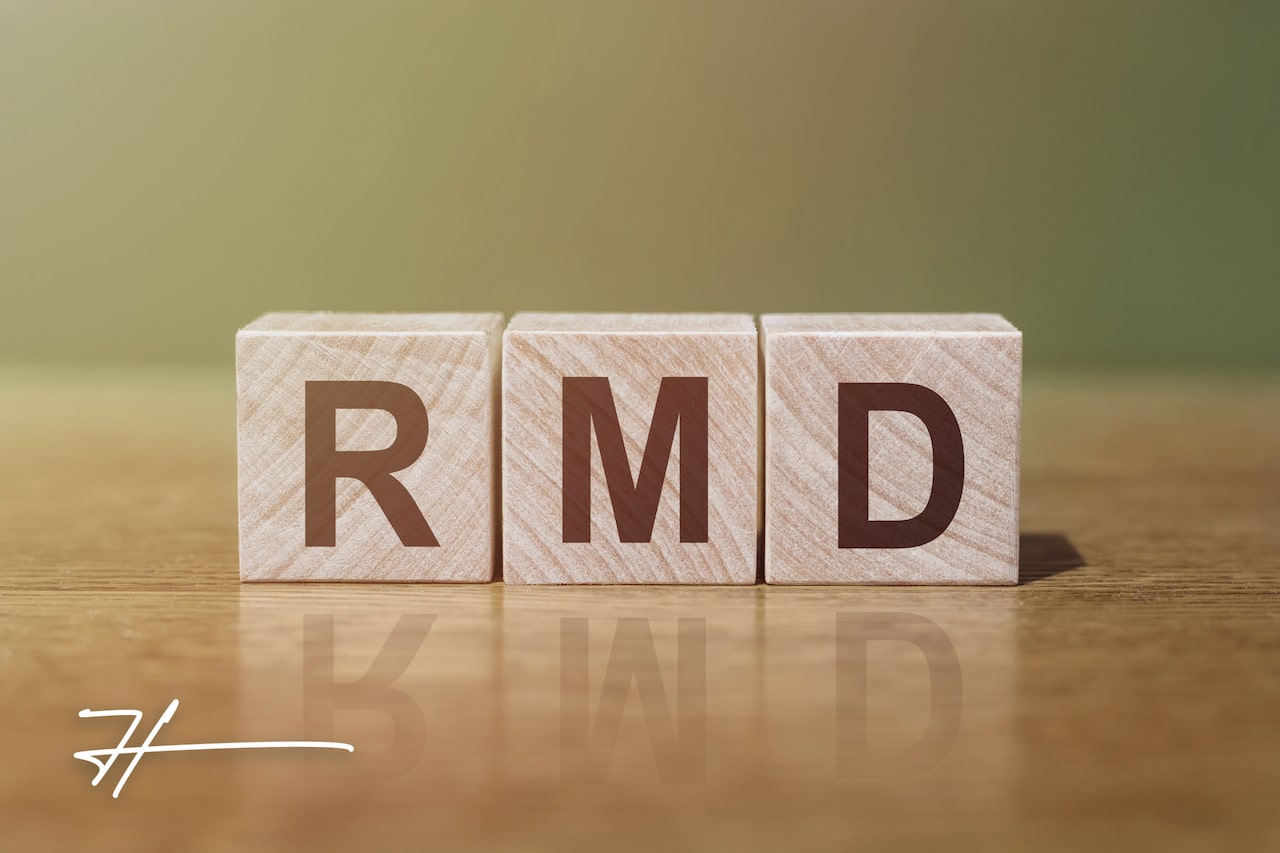As you consider how to best build a secure financial future, one key decision you’ll face is choosing between Roth and Traditional Individual Retirement Accounts (IRAs). Each type of IRA offers unique advantages and considerations, and the choice between them depends on your financial goals and individual circumstances. In this article, we’ll explore the features of Roth vs. Traditional IRAs to help you tailor your retirement savings plan.
Roth vs. Traditional IRAs: Understanding the Roth
Let’s begin with reviewing the basics of the Roth IRA:
1. Tax Treatment:
Contributions: Roth IRA contributions are made with after-tax dollars, meaning you don’t receive a tax deduction in the year you contribute.
Withdrawals: Qualified withdrawals, including earnings, are tax-free in retirement.
2. Income Limits:
Roth IRAs have income limits that determine eligibility for contributions. These limits may change annually, so it’s essential to stay informed. (Find 2024 income eligibility guidelines here.)
3. Age Limitations:
Roth IRAs do not have required minimum distribution (RMD) requirements during the account holder’s lifetime. This provides the advantage of flexibility in managing withdrawals during retirement.
4. Withdrawal Flexibility:
Contributions to a Roth IRA can be withdrawn at any time without penalty, providing a level of flexibility not available with Traditional IRAs.
Roth vs. Traditional IRAs: Understanding the Traditional IRA Option
Now, let’s discuss what you need to know about Traditional IRAs:
1. Tax Treatment:
Contributions: Traditional IRA contributions are often tax-deductible in the year you make them, potentially lowering your taxable income.
Withdrawals: Withdrawals in retirement are taxed as ordinary income.
2. No Income Limits:
Traditional IRAs do not have income limits for eligibility, making them accessible to a broader range of individuals.
3. RMD Requirements:
Traditional IRAs are subject to RMD requirements, mandating minimum withdrawals starting at age 72. This ensures that the government receives tax revenue on the funds you’ve deferred throughout your working years.
4. Penalty for Early Withdrawals:
Withdrawals from a Traditional IRA may be taken before age 59½, but they may incur a 10% early withdrawal penalty in addition to income tax.
Tailoring Your Retirement Savings Plan
Each person’s current financial circumstances and goals for the future are different. That’s why, at Hamilton Wealth Advisors, you’ll never find a cookie-cutter approach to retirement planning. We optimize for YOU – 100% of the time. As you consider the Roth vs. Traditional IRAs question and work to determine the best fit for your needs, here are a few things to keep in mind:
Consider Your Current Tax Situation:
If you anticipate being in a higher tax bracket in retirement, a Roth IRA may be advantageous, as withdrawals are tax-free. Conversely, if you expect to be in a lower tax bracket, the tax-deductible contributions of a Traditional IRA might be more beneficial.
Assessing Eligibility and Income:
As you think about Roth vs. Traditional IRAs, consider your current income and whether you meet the eligibility criteria for Roth IRA contributions. If eligible, a Roth IRA can offer tax-free growth and withdrawals.
Estate Planning Considerations:
Roth IRAs do not have RMD requirements during the owner’s lifetime, making them potentially advantageous for estate planning. Traditional IRAs, on the other hand, may require more strategic planning to manage RMDs.
Diversification of Tax Exposure:
Is it always necessary to choose between Roth vs. Traditional IRAs? The answer is no! Some individuals choose to have both Roth and Traditional IRAs to create a diversified tax strategy, enjoying the advantages of each. This allows for flexibility in managing tax implications during retirement.
Seek Professional Guidance
Choosing between Roth vs. Traditional IRAs – or deciding how to smartly utilize both – is a significant decision that requires a thoughtful analysis of your financial situation and goals. Consulting with a financial advisor can provide personalized guidance based on your unique circumstances. A professional can help you navigate the complexities of tax planning, contribution limits, and withdrawal strategies to optimize your retirement savings plan.
At Hamilton Wealth Advisors, Your Success is Our Success
The Roth vs. Traditional IRAs decision is never one-size-fits-all. Tailoring your retirement savings plan involves careful consideration of your current and future financial landscape. Whether you prioritize tax-free withdrawals, upfront tax deductions, or a combination of both, the key is to align your choice with your individual goals – and the Hamilton team is here to help you do just that. Reach out today to schedule your no-obligation, complimentary consultation and learn more about how we can help you meet your retirement planning goals.







